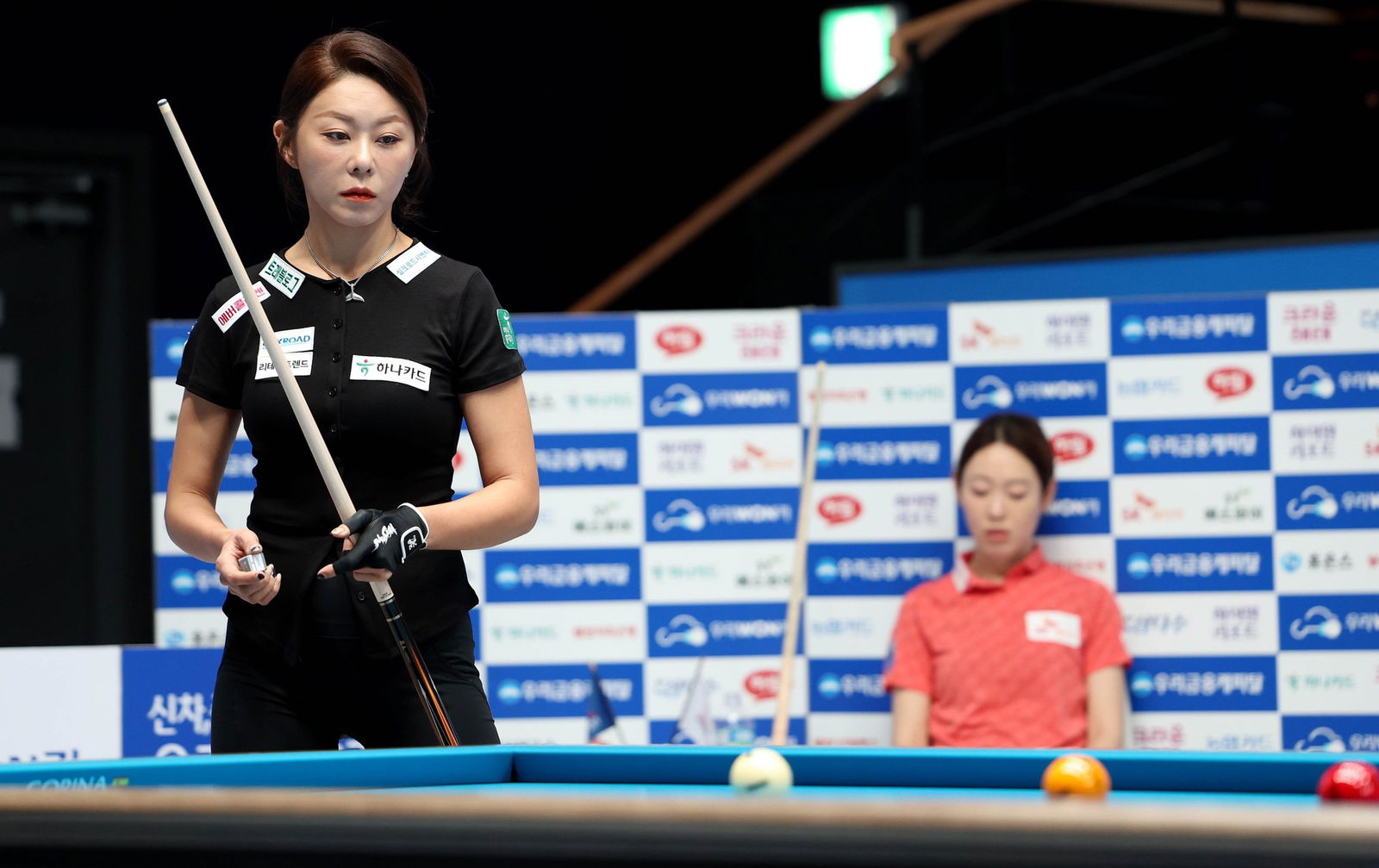Heavy Jump/Break Cue Feasibility
- Ask The Cuemaker
- 6 Replies
So, I've had this idea rolling around in my head for a while and would like your guys' opinions on how feasible something like this would be.
My buddy has a Jacoby Heavy Hitter break cue and I love that thing. I barely have to swing it and the rack explodes. I also like the idea of Jump/Break combo cues. But it's my understanding that as far as jump cues go, lighter is better. That may be a massive generalization, but you probably get my point.
Anyway, how feasible/practical would it be to make the jump part of the cue like normal, but make the handle/butt section extra heavy by introducing a combination pin/weight bolt to keep the weight at the front of the handle area? It would essentially be like the bolt that goes in the A joint of most short splice cues. But instead of being a single thread, part of it would be permanently threaded into the grip/hand section and the other part would be like a normal joint pin that threads into the jump section so it can be taken apart for jumping.
My buddy has a Jacoby Heavy Hitter break cue and I love that thing. I barely have to swing it and the rack explodes. I also like the idea of Jump/Break combo cues. But it's my understanding that as far as jump cues go, lighter is better. That may be a massive generalization, but you probably get my point.
Anyway, how feasible/practical would it be to make the jump part of the cue like normal, but make the handle/butt section extra heavy by introducing a combination pin/weight bolt to keep the weight at the front of the handle area? It would essentially be like the bolt that goes in the A joint of most short splice cues. But instead of being a single thread, part of it would be permanently threaded into the grip/hand section and the other part would be like a normal joint pin that threads into the jump section so it can be taken apart for jumping.
